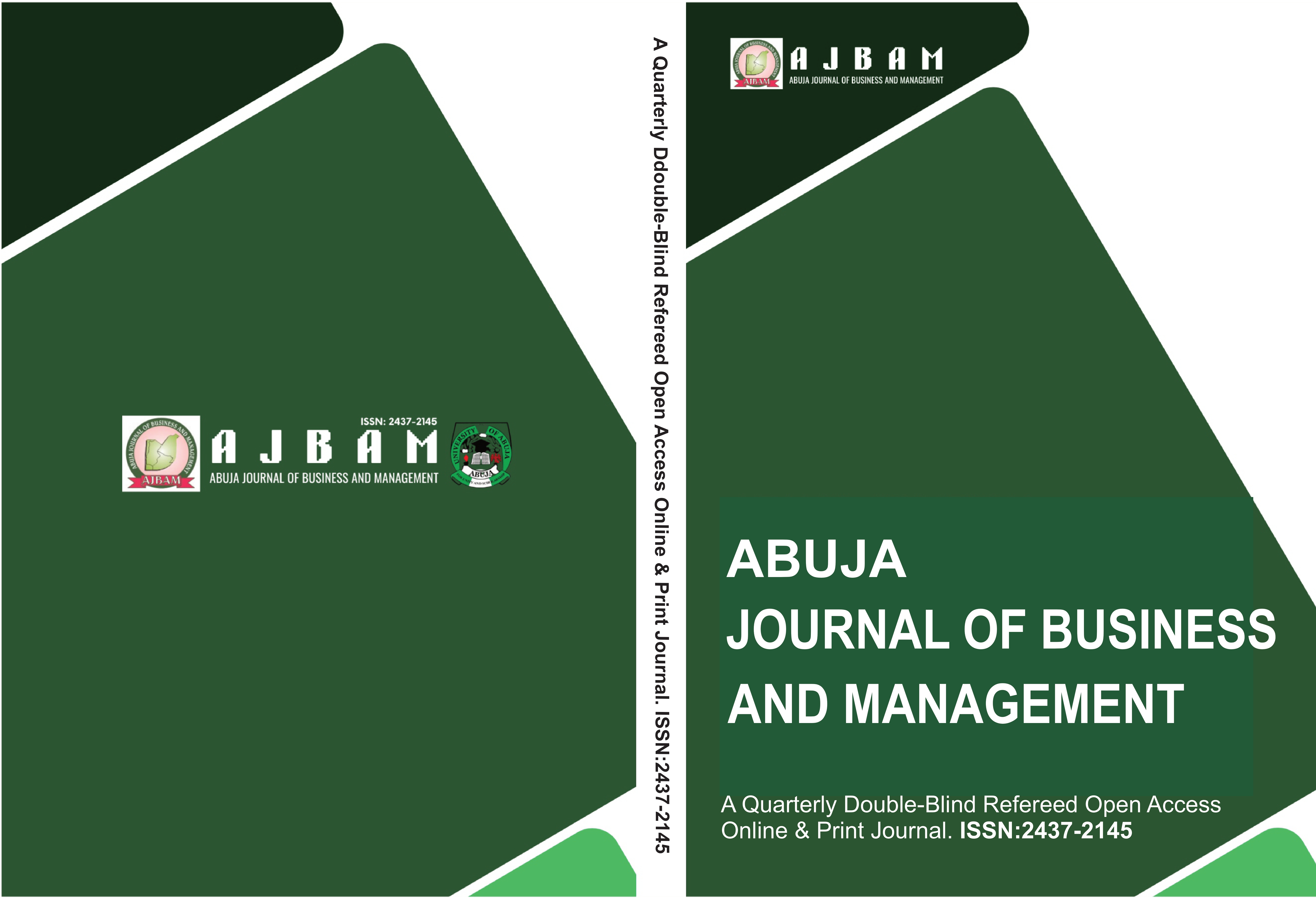PREDICTIONS OF CORNER-KICKS IN FOOTBALL OUTCOMES IN NIGERIA: A HARD COIN
Keywords:
Corner-Kicks Prediction, Football Market Options, Football Predictive failures, Causes of Corner-kicksAbstract
Football predictions are now in vogue among young generations of the world population. It is a short-term investment (investment and outcome is concluded within seven days) with a very high volatile rate of return but it is not attracting same high research interests from finance and investment experts. This research is carried out to bridge this lack of interest gap. The objective of this research is to unravel the circumstances that make corner-kicks prediction a hard-coin to crack using finished match statistics and observable match statistics during live matches. The research was carried out in three phases. The first was a survey of one hundred and fifty predictors on factors they use to forecast corner kicks. The second phase is use of surveyed key corner kick factors on already finished match statistics to predict corner-kicks. The third phase involved live observations of matches’ statistics that lead to corner kicks. Live and finished match statistics of 2020/2021 Football season was selected for analyses from six advanced European leagues. The technique of analysis employed was simple percentages based on frequency of successful predictions. It was found that predictive accuracy of bettors that ventured into corner-kick market options was less than 19.46%. This massive predictive failure was found to be forecasters’ knowledge lack of the diversities of variables that affect football corner-kicks. The research discovered one overlapping and other diverse variables that prompt corner-kick outcomes. This research will reduce massive corner-kicks’ predictive failures currently witnessed by forecasters and for those that stake in football matches.
Downloads
Published
Issue
Section
License
Copyright (c) 2024 Angus Okechukwu Unegbu (Author)

This work is licensed under a Creative Commons Attribution 4.0 International License.
Authors retain copyright and grant the journal right of first publication with the work simultaneously. This work is licensed under Creative Commons Attribution 4.0 International



